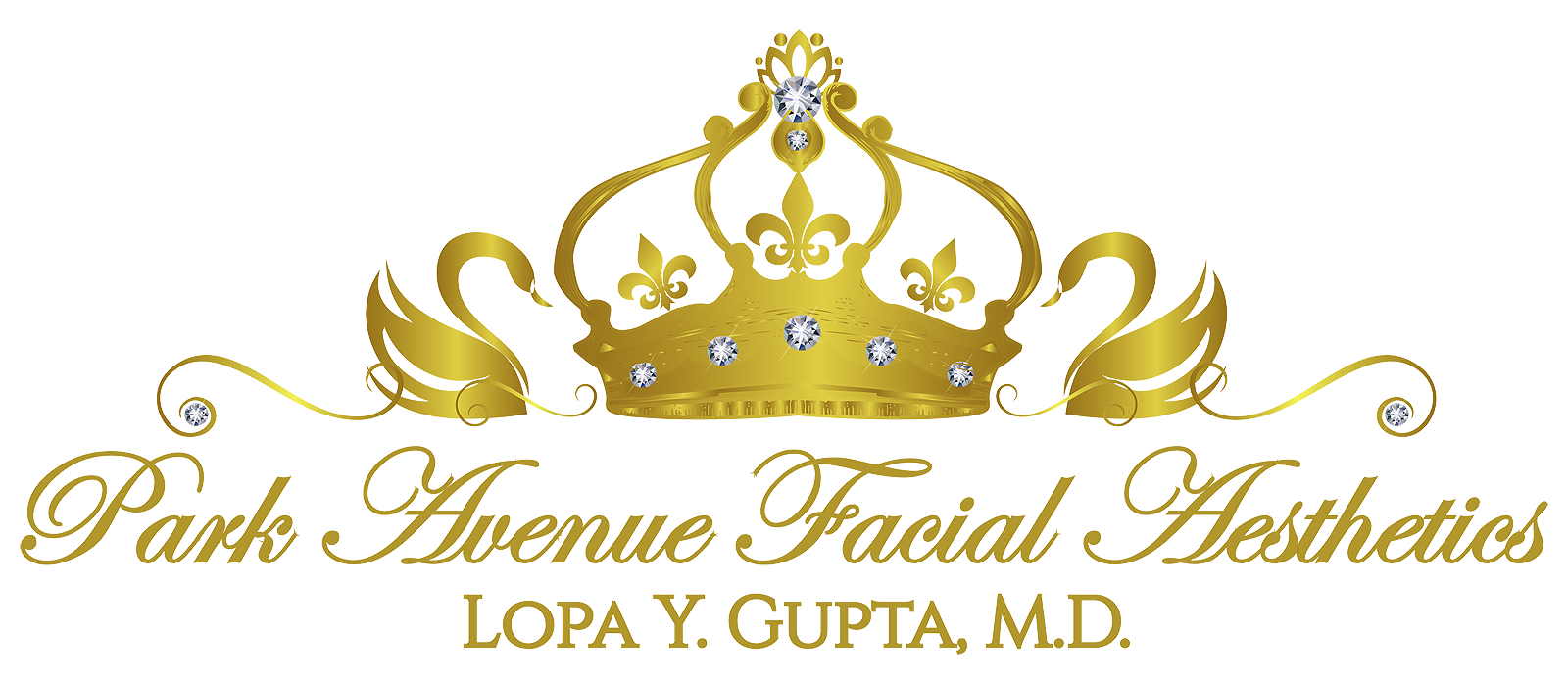The evolution of Dr. Gupta’s technique:
Early in her career, Dr. Gupta treated festoons with aggressive ablative laser treatment (Carbon dioxide laser or Erbium: YAG laser) as this was the standard of care. Although the exact mechanism of action was not known, it was postulated that laser resurfacing somehow stimulates lymphatic outflow with resultant decrease in fluid accumulation. Clinically, however, patients had prolonged recovery with weeks of redness and peeling and occasionally, hypo-or hyperpigmentation with demarcation lines. The festoons often returned several months later-likely after the post-treatment edema cleared. This, in conjunction, with more and more patients presenting with “induced festoons” from consequences of autologous fat and hyaluronic acid filler injections in the tear trough and malar areas, Dr. Gupta was inspired to invent her own technique for long-term success by addressing all possible contributing factors to each patient’s festoons:
- Remove with enzyme and laser all unwanted hyaluronic acid filler
- Remove all undesired subcutaneous injected fat
- Cauterize any “feeder vessels” directed toward the festoon
- Create deep, supraperiosteal fibrosis (foundation of wall)
- Create deep, subcutaneous fibrosis (middle portion of wall)
- Create superficial, cutaneous fibrosis (top of wall)
- Perform above steps with a tiny, ½ cm incision
- Remove loose, stretched out skin overlying festoon without causing lid retraction or any changes in the shape of the eye.
- Avoid any scar formation by meticulous plastic surgery repair principles.
- Polish off the procedure with a spritz of Erbium:YAG laser resurfacing for additional skin tightening
- For interested patients, combine festoon surgery with lower blepharoplasty for a more comprehensive approach and a more sculpted look.
With Dr. Gupta adhering to her surgical guidelines above and having dedicated, conscientious patients who adhere to postoperative instructions, the success of the procedure has surpassed expectations. Healing times and individual results may vary, but the vast majority of patients are thrilled with their outcomes and are able to reclaim their faces and lives. Patients are reporting no recurrence of their festoons for up to 12 years thus far.
